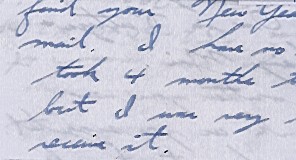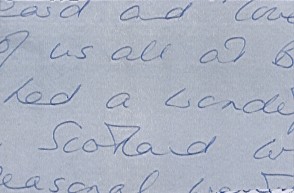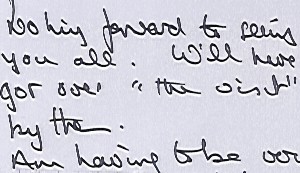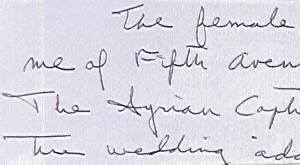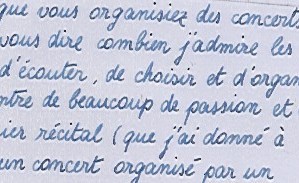|
What
are your subjective drives, needs and goals ?
|
CONTENTS
Foreword by Jacqueline Peugeot
Introduction
1. Motivations, forces of development
1. Basic movements
2. Motivations and temperaments
Temperaments
Motives
3. Motivations and Freudian approach
Orality
Anality
Phallic stage
4. Object relationship
Object-libido, Ego libido
The Stimulus-Response pattern
Post-Freudians
5. The Scale of needs of Maslow
Need for security
Need to belong
Need for esteem
Need for self-actualization
2. Who is motivated, the individual or the Ego?
1. Topographic application of the Skin Ego
Stroke-rhythm-form
Openness and closedness in handwriting
2. The “Narcissistic envelopes”
Self-satisfying image
Unsatisfactory self-image
The reverse of narcissism
Filiform writings and narcissism
3. Representative envelopes
Felt pens
Choice of forms: choice “of envelopes” of the Skin Ego
4. Artificial forms: “ dramatization of the Ego”
5. The group, a substitute for the Ego: “safety envelope”
Being with
Being like
6. Investigation on present-day values
3. Feeling of inferiority and compensation
1. Characteristics
2. Behavior
3. Signs of inferiority and compensation in handwriting
4. Diel’s false motivation
5. Typical gestures
6. Compensation through doing
Physical exploits and adventure
The handicap
Personal exploits, social challenges
7. Limitations of compensation
4. Motivations and professional life
1. Motivational mechanism applied to professional life
Expectation
Instrumentality
Valence
2. Satisfaction: source of involvement
3. Cultures of different businesses
4. Motivations and types of behavior in business
5. Unemployment: stress and demotivation.
5. Tension
1, Tension in the object-relation: the third actor
Tension and intensity
Intensity and duration
2. Con-tension
3. Re-tension
4. Conflicts of motivations
Intra-psychical conflict
Conflict between individual and collective values
Pulled about, paradoxical handwritings
6. Creation
1. Motivations
“Superior” motivation
Over-compensation for Adler
Mode of communication
Activity of a demiurge
Expression of one’s interiority
Ultimate motivation: it is a response to the desire for survival
2. Handwriting
Conclusion
Bibliography
Bibliography : psychologists and graphologists including Atkinson, E.Berne and Transactional Analysis, Swiss Diel, VE Frankle, E Fromm, A Green, TH Harris, Jung, JL Holland, K Horney, C Jung, N Maier, AH Maslow, HA Murray, Pophal, Pulver, C Rogers, K Roman, H Seyle, Stein-Lewinson, Thorndike, A Tofler, VH Wroom, Watzlawick etc plus other European authors known in graphology apart from the French ones, such as Hegar, Klages , Torbidoni Zanin , Moretti, Vels…
Alphabetical index
|
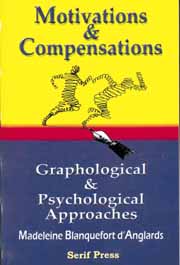
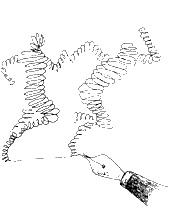
![]() HOME
| INTRODUCTION
| TABLE OF CONTENTS
HOME
| INTRODUCTION
| TABLE OF CONTENTS 